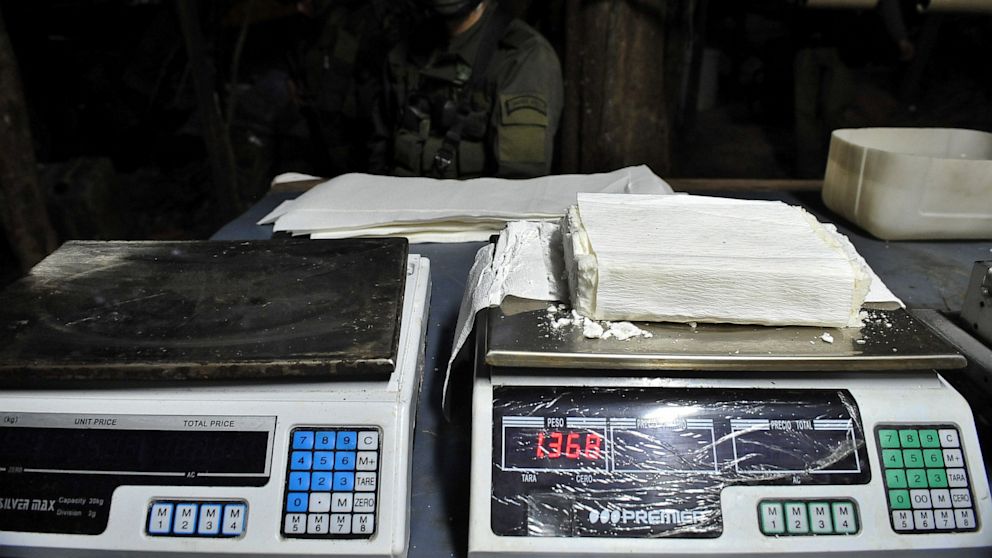Cocaine Production Is Down in Colombia and Bolivia, UN Says
Cocaine growth has continued to decline in Colombia and Bolivia.

Aug. 9, 2013— -- In the past year, cocaine growth has continued to decline in Colombia and Bolivia, according to the U.N.'s Office on Drugs and Crime (UNODC). The area of coca bush crops in Colombia has decreased by 25 percent, from 64,000 in 2011 to 48,000 in 2012, a report released on Thursday by the UNODC concluded, and for the second year in a row Colombia is no longer the world's biggest coca producer.
Coca bush cultivation has also waned in Bolivia. The area under coca crop cultivation fell by approximately 7 percent from 2011 to 2012, according to the UNODC 2012 Coca Monitoring Survey. The report, which was released last Monday, confirms a downward trend: the cultivated area in the country had already decreased by 12 percent from 2010 to 2011.
The results coincide with those released by the U.S. government last July, when the Office of National Drug Control Policy (ONDCP) announced that, according to recent estimates, Colombia's production of pure cocaine has gone down 72 percent since 2011.
U.S. officials have hailed the reduction as a significant advance in the war against drugs . "The results are historic and have tremendous implications, not just for the United States and the Western Hemisphere, really globally," said Gil Kerlikowske, director of the Office of National Drug Control Policy.
According to Kerlikowske, the massive decline in coca bush cultivation areas in Colombia was largely a result of years of cooperation under Plan Colombia, a multi-billion joint initiative largely funded by the U.S., and it concurs with a decrease in cocaine seizures in the United States.In 2011, cocaine use decreased in North America and Western Europe, the world's two major markets, and increased in Brazil and Australia, according to the United Nation's most recent data. Cocaine use in the U.S. fell 40 percent from 2006 to 2011, according to the UN's 2013 Drug Report.
But don't celebrate a victory for the war on drugs just yet.
According to the UN, purity-adjusted prices for cocaine have increased significantly since 2006, and, after peaking in 2009, they remain moderately high when compared to the 2002-2006 period. This suggests that drug profits, which have been estimated at around $322 billion a year, may have remained steady even despite fewer production, and lower cultivated areas.
Moreover, in the past few years, the cultivation of coca bush has gradually increased in Peru, which is set to become the world's top cocaine producer this year.
The area of coca crops went up nearly 13 percent from 2009 to 2011, according to UNODC, which is set to release this year's report on Peru sometime in September.
Former Peruvian drug czar Ricardo Soberon told the Associated Press that he expects this year's estimates to show larger cultivation areas and production.
"There is more area (under cultivation), and more unrefined cocaine," he said.




